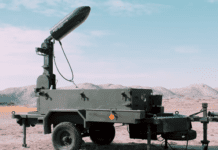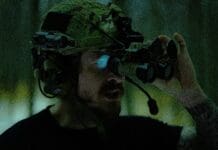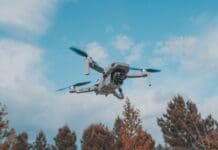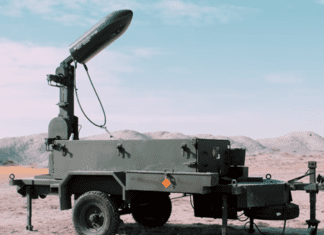This post is also available in:
 עברית (Hebrew)
עברית (Hebrew)
Unmanned aerial vehicles can constitute a genuine threat to ground and maritime targets. A new system that can autonomously detect, track, and classify unmanned aerial vehicles from the land or sea can decide on its own if the object is a bird or an actual UAV. Scientists and engineers from Naval Surface Warfare Center Panama City Division (NSWC PCD), a military base in Florida, have developed the Threat Tracker, a detection system comprised of commercial off the shelf 3D radars and optical sensors.
“What makes the Threat Tracker unique is that it incorporates machine learning algorithms to autonomously process radar detections, analyze thermal images to assist in video based tracking, and classify tracked targets to determine if the object is a UAS,” said Marvin Peardon, NSWC PCD Threat Tracker program manager.
The system can be mounted on a boat or vehicle, thanks to its Gyro-stabilized Marine Platform which will prevent the imagery from being distorted and possibly misclassified.
Once the imagery is classified, the information is sent to the user’s command and control (C2) system of choice. The program can provide the information collected to any C2 system, helping decision makers take informed decisions.
The technology completed successful testing during a recent exercise, and it is due to conduct operational testing this year. The developers hope that the Navy or another service will find utility in the system, according to navsea.navy.mil.

























